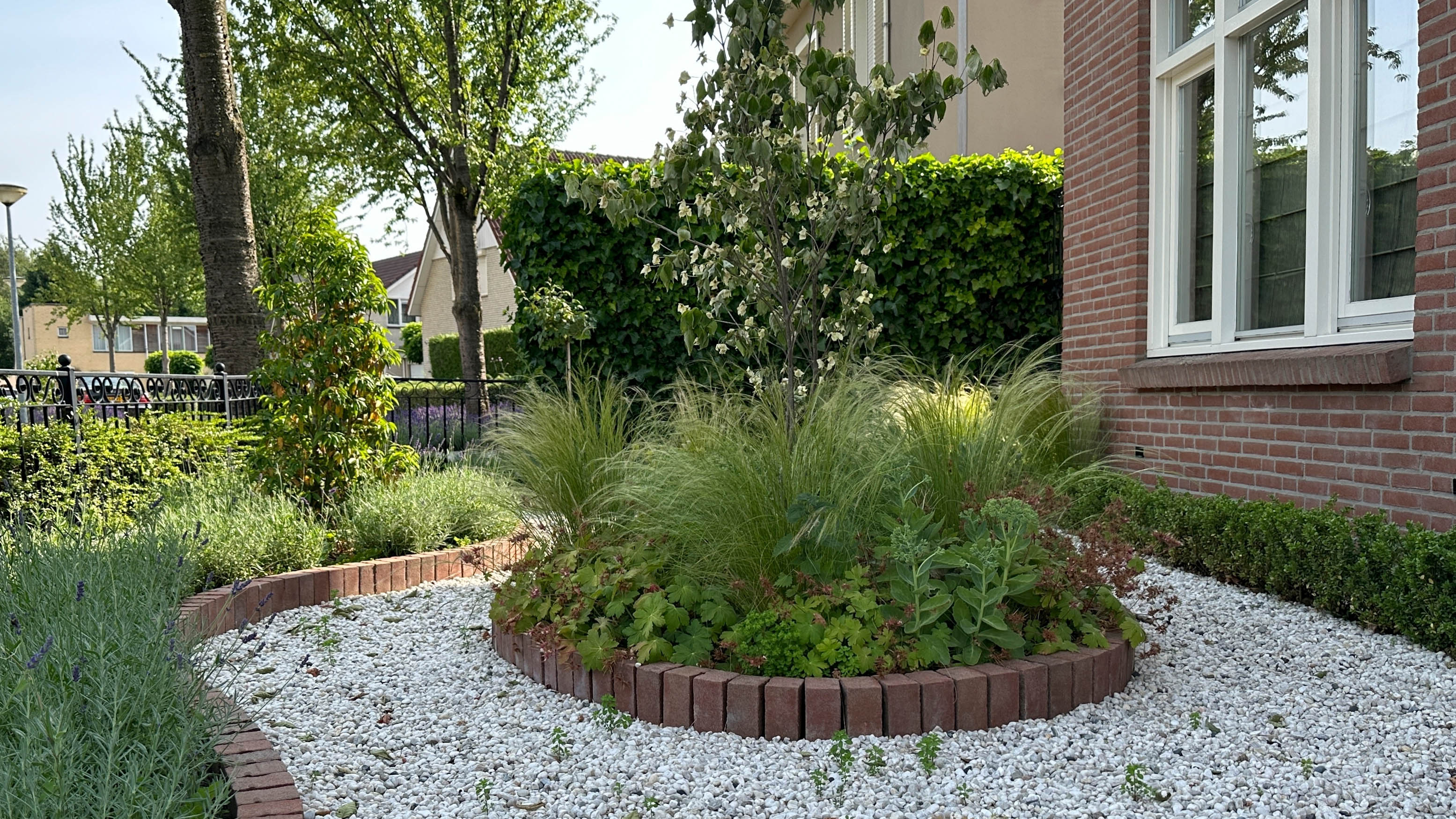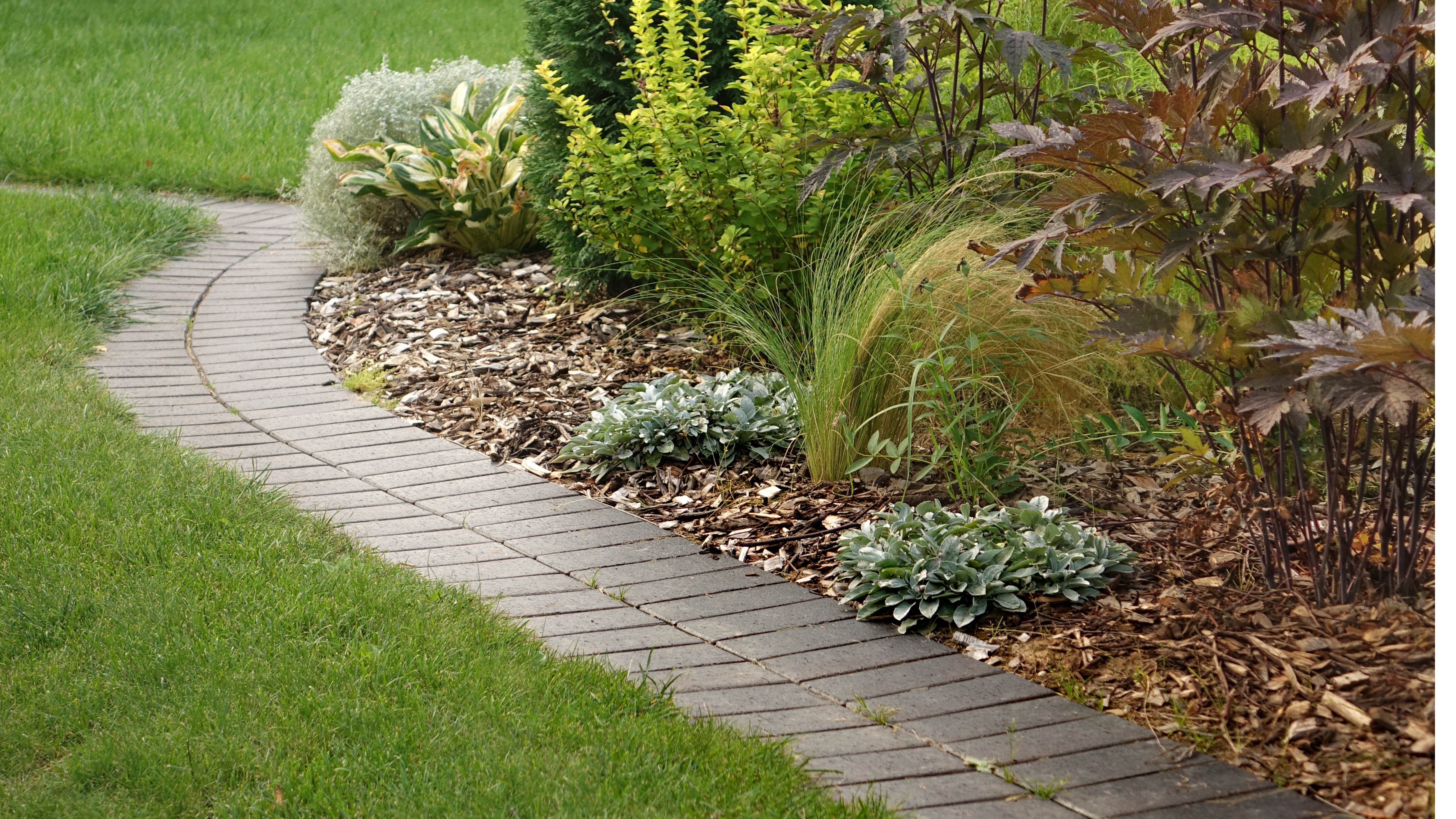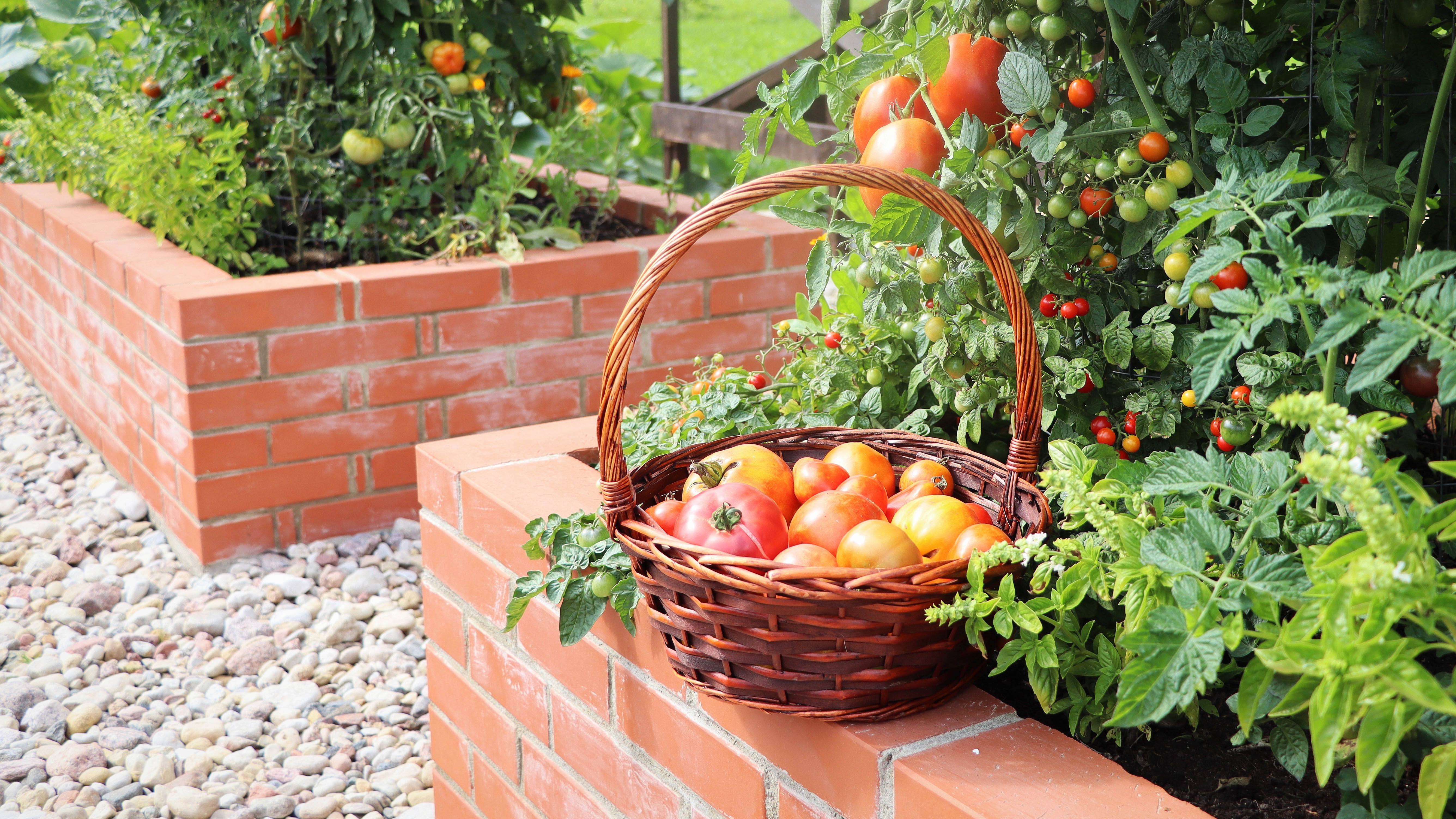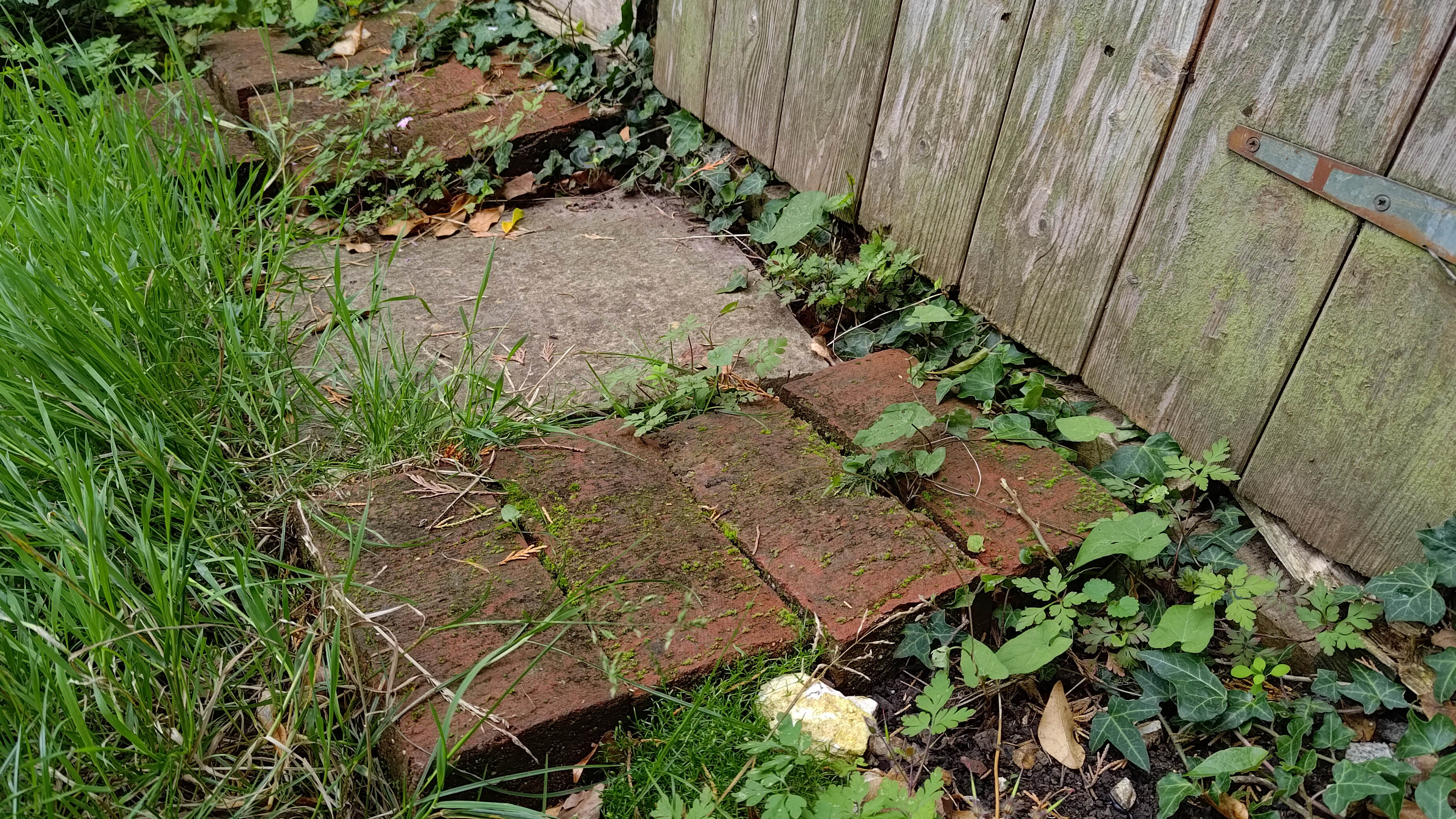5 clever ways to reuse old bricks in your yard
Give your leftover bricks a new lease on life

If you've got a pile of leftover bricks lying around after a project, you’re probably wondering what to do with them all. But before you toss or donate them, there are various ways you can reuse old bricks in your yard.
In fact, bricks are one of the strongest building materials you’ll find (providing they’re not crumbling!), guaranteed to be weatherproof and last the distance. Similar to reusing wooden pallets in your yard, reclaimed materials are gaining popularity for DIY projects around the home.
Bricks in particular are incredibly versatile and can be put to good use in the yard. All it takes are a few tools, time and plenty of creativity. What’s more, high quality bricks are known to be more expensive than wood — so you’ll be saving money in the long-run!
So, if you want to make the most out of your leftover bricks, check out these 7 clever ways to reuse old bricks in your yard.
1. Garden path

Another clever use for leftover bricks is to create a mini garden path or edging for a walkway. Similarly, this will provide a nice, flat surface to walk on — without ruining the lawn.
For this, you need to first measure the distance and determine how wide it will be and how many bricks you will need. The length depends on how far you want the path to go back. Then, use chalk to mark the edges of the path before digging a trench about 4 to 5 inches deep. Fill this with your base gravel, using a tamper to press down the whole surface.
Next, spread a 1-inch layer of sand along the entire path, before laying down your bricks in a herringbone pattern. Tap bricks evenly into the sand, and fill in the cracks between with sand too. Just make sure the bricks set completely, and are stable before walking over it. Not only is this a functional idea, but will also make a striking feature in your yard.
Sign up to get the BEST of Tom's Guide direct to your inbox.
Get instant access to breaking news, the hottest reviews, great deals and helpful tips.
2. Edging borders

Whether you enjoy gardening, or prefer a landscaped front yard, you can reuse bricks to create borders. Brick edging is a quick way to neatly divide your yard, or give plants a perimeter.
First, mix sand and cement (4:1) with water until it has a thick, cake-like consistency. Then, spread a layer of cement at the edge of a small section of your lawn, before sitting the bricks on the mortar. Make sure the ends meet and push them firmly into the mixture using one of the best gardening gloves.
As you go along, gently tap the bricks in place with a rubber mallet. Ensure they look even and follow the line of the lawn as you work. Finally, rake up border soil to the bricks and leave to set for a couple of days until bricks are sturdy. This also defines the boundary between the grass and yard, making it more presentable.
3. Raised flower beds

Similarly, you can create raised flower beds with leftover bricks. Be it beautiful perennial plants, homegrown tomatoes or an aromatic herb garden, these flower beds are a great way to elevate and display them.
You can either build a brick raised garden bed with or without mortar. Typically, sand-based mortar is adequate for residential use, but if you need a deeper raised bed, mortar can be used to hold bricks together. Before you start laying bricks, always use a line level and stakes to stake out your raised garden bed. For a short raised garden bed, stack bricks 3-4 bricks high — adding or removing dirt under each brick to ensure that each brick is level.
Once you’ve constructed your raised beds, place a layer of hardware fabric down, and fill with a raised bed soil or native topsoil before adding your favorite plants.
4. Mini brick wall

Whether you want to secure your existing fences or create a decorative feature, bricks can be used to make miniature walls.
One way you could do this is by digging a trench that is the length and width of your planned brick wall. Fill the trench with concrete, and allow it to completely set (usually for up to three days). Once dried, you can then begin laying the couple of rows of brick that will make up your brick foundation.
If you're unsure, though, you might want to call in the help of a professional bricklayer to do this for you.
5. Create a weed barrier

Another great use for leftover bricks is to create a weed barrier. This should prevent the growth of unsightly weeds taking over your yard. Lay a brick or two on top of any areas where you're likely to see plenty of weeds.
In theory, this will ensure the weeds/roots underneath won't get any essential nutrients (air and water) needed to aid their growth.
Bear in mind that depending on the type of weed, you may get some shoots through the cracks between the bricks. However, it won't be as bad as seeing an abundance of weeds in your yard.
More from Tom's Guide

As the Homes Content Editor, Cynthia Lawrence covers all things homes, interior decorating, and garden-related. She has a wealth of editorial experience testing the latest, ‘must-have’ home appliances, writing buying guides and the handy ‘how to’ features.
Her work has been published in various titles including, T3, Top Ten Reviews, Ideal Home, Real Homes, Livingetc. and House Beautiful, amongst many.
With a rather unhealthy obsession for all things homes and interiors, she also has an interior design blog for style inspiration and savvy storage solutions (get rid of that clutter!). When she’s not testing cool products, she’ll be searching online for more decor ideas to spruce up her family home or looking for a great bargain!
